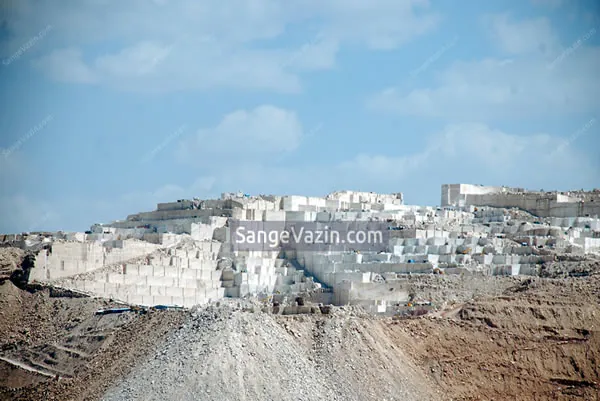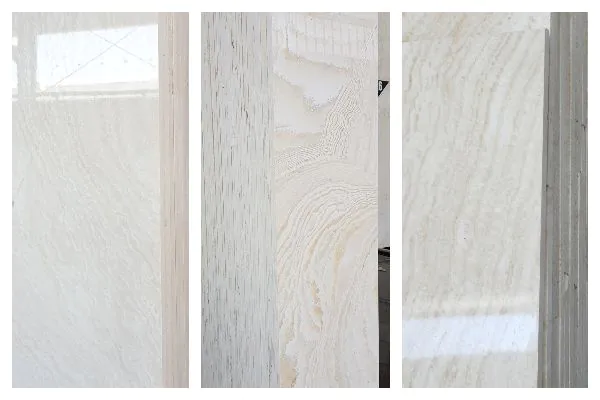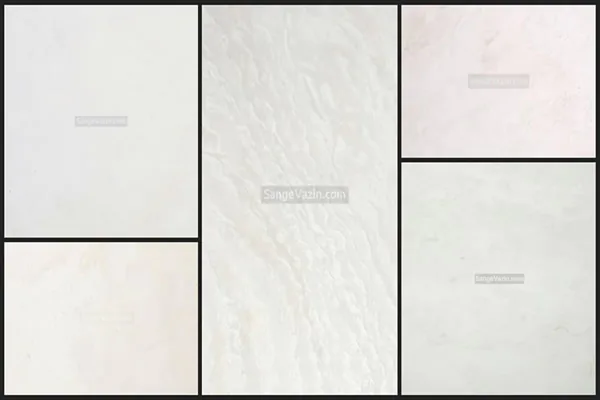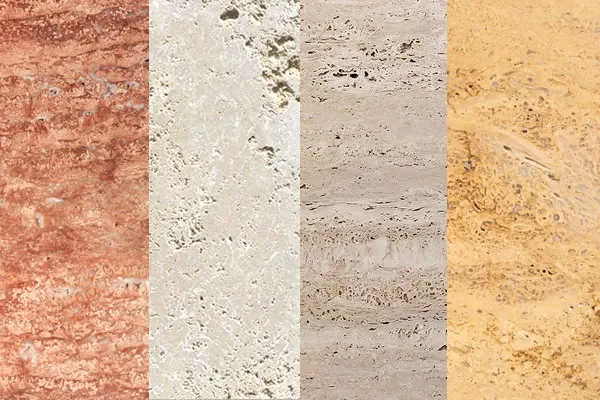Stone efflorescence
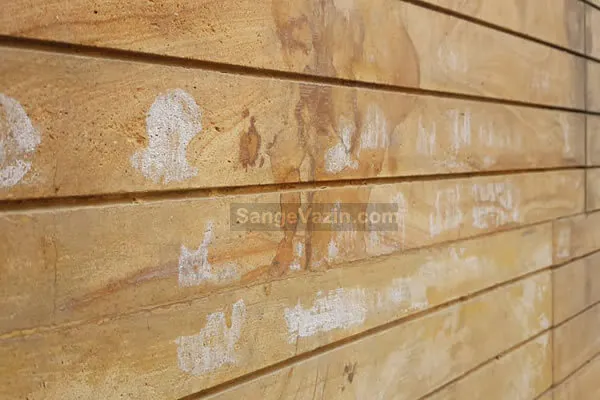
When stone and mortar are used together, it’s important to be aware of the potential for efflorescence to occur on the surface of the stone. This natural process happens as a result of the precipitation of salts and minerals that come from the mortar evaporating behind the stone. The stone itself contains sodium and calcium sulfate combinations, which can contribute to the formation of efflorescence. However, the type of mortar used can also play a role in whether or not this occurs. It’s important to use the right combination of materials to ensure that your stone surfaces stay looking their best.
The reason for efflorescence
Efflorescence tends to occur more frequently in areas with high humidity. This is because salt and minerals are transported more easily to the surface of stones due to moisture. Conversely, when the density of stones is lower, the saline solution will reach the stone’s surface more readily and evaporate more quickly. To prevent this from happening, highly porous travertine stones are often treated with resin and epoxy to make them resistant to penetration.
So generally, the reasons for efflorescence can be summarized in the following cases:
- The presence of minerals and saline in the mortar and stone combinations
- Humidity of area
- A low density of stone
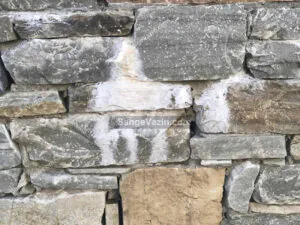
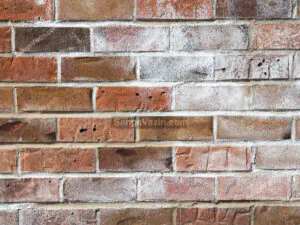
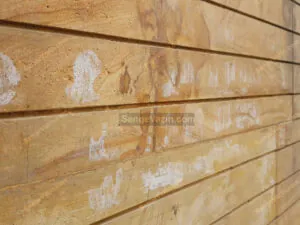
In the gallery below, you can see some examples of efflorescence on the surface of travertine stones that have low quality.
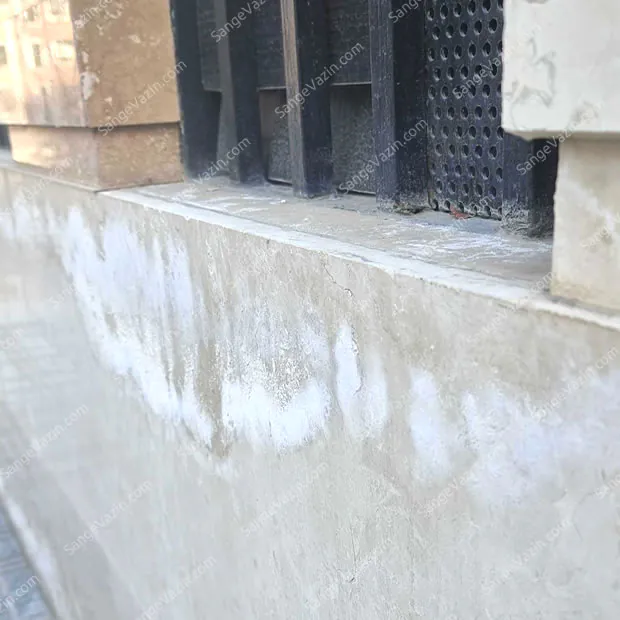
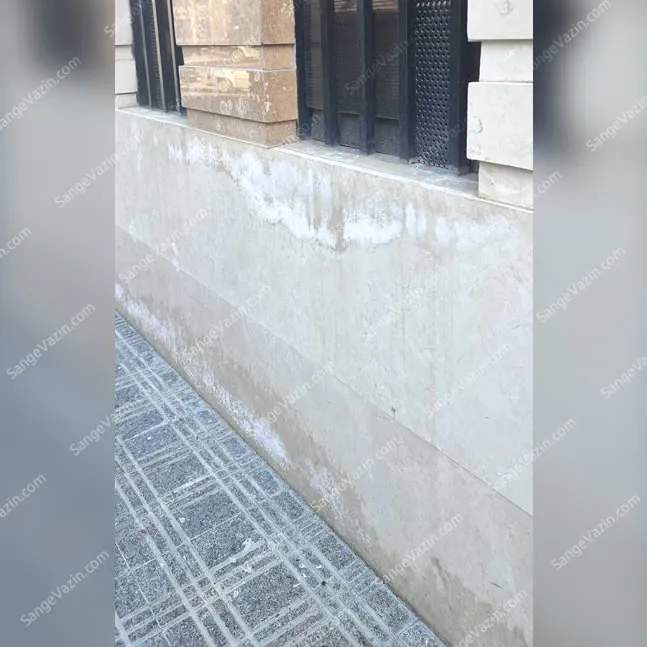
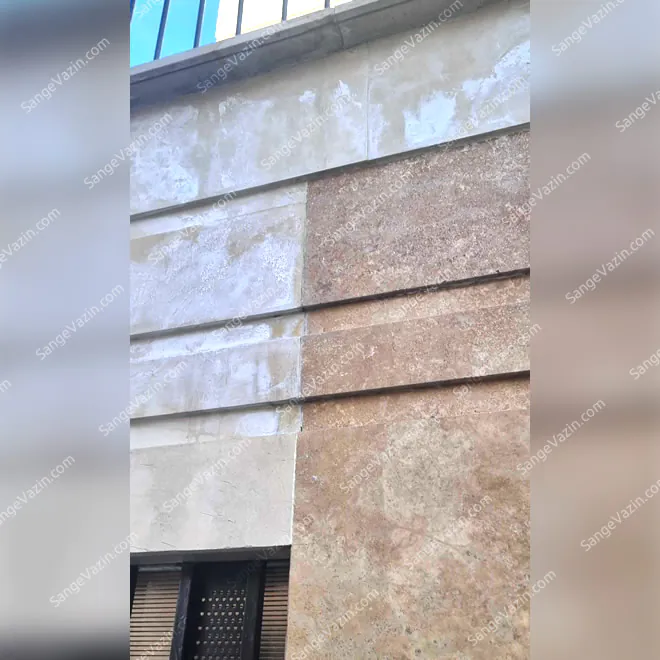
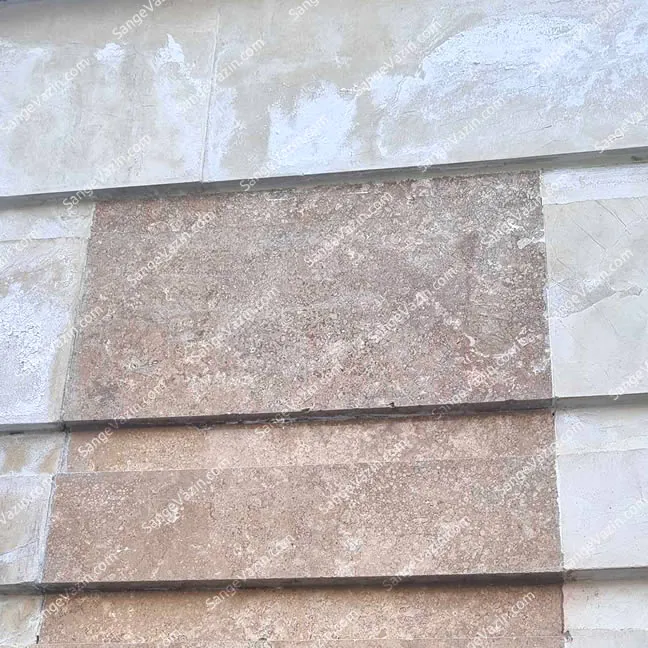
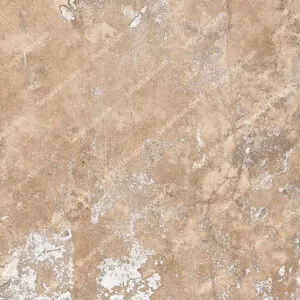
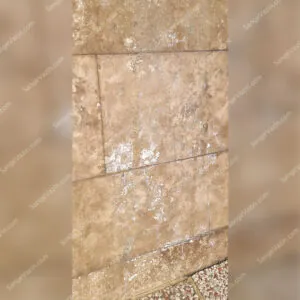
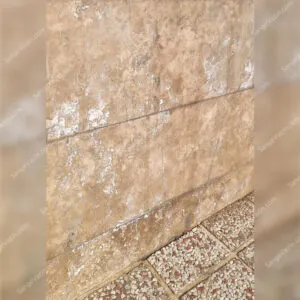
Prevention And Remove Stone Efflorescence
We briefly mention several ways of preventing and removing efflorescence:
- Utilizing sand that has been washed or has lower salt and sulfate combinations levels.
- Using a mechanical method like installing stone on the facade with screws, plaques, and pins
- Applying resin and epoxy to stone can make it glossy and impermeable but not wholly impenetrable.
- Using rough cloth or sandpaper to polish the stone’s surface is not recommended as it may cause scratches.
- Using water and a brush to clean is only a temporary solution, as the issue may reoccur after drying.
- Nano products with hydrophobic properties can greatly minimize water absorption and function as stone anti-efflorescence agents.
- To remove efflorescence, dilute hydrochloric acid with water and apply it to the stone. Use hydrophobic materials for a lasting solution.
Publish on:
June 10, 2023
Updated on:
September 8, 2024
